 |
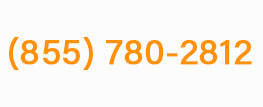 |
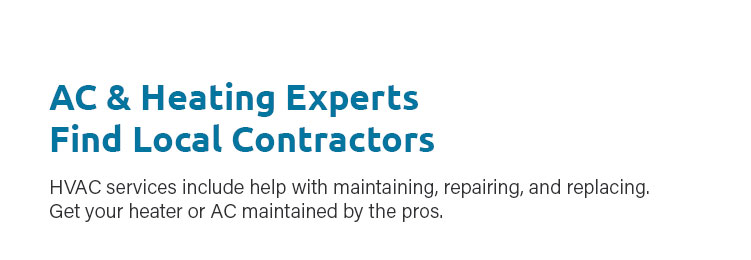 |
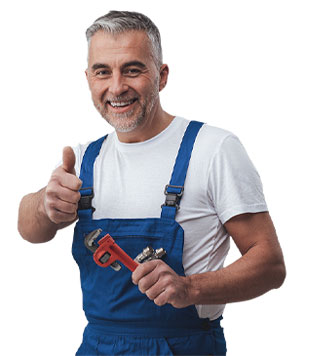 |
 |
 |
 |
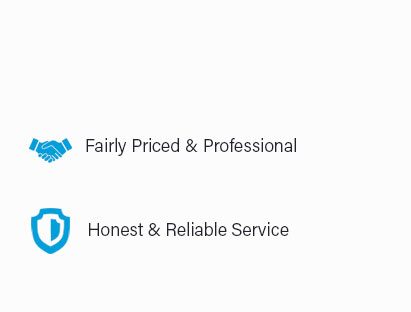 |
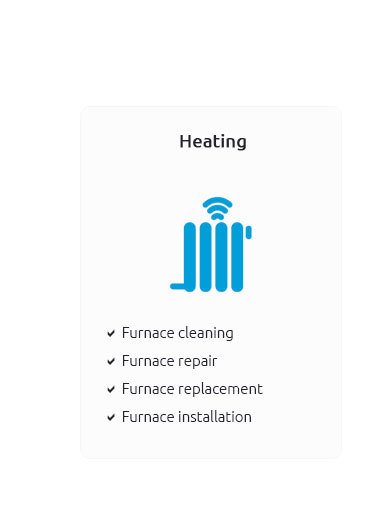 |
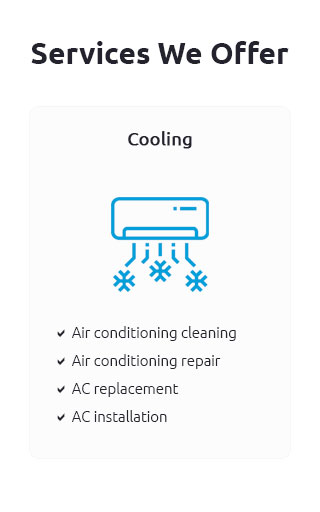 |
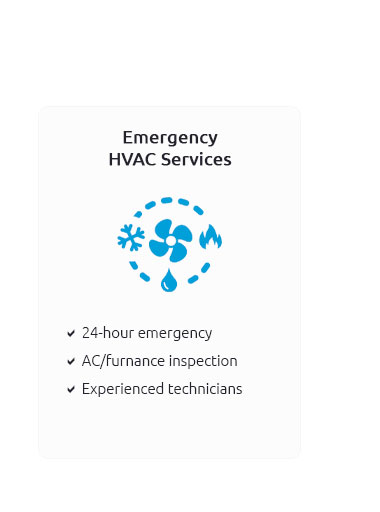 |
 |
 |
 |
 |
 |
|
Unlock the ultimate comfort and efficiency in your home with our premier HVAC services, where expert AC and heating specialists are ready to revolutionize your indoor climate; whether it's blistering heat or biting cold, our skilled local contractors are poised to deliver unmatched furnace installations, ensuring you stay cozy and energy-efficient all year round-experience the difference of top-tier craftsmanship and personalized solutions, tailored just for you, by the industry's most trusted professionals.
https://westallisheating.com/heating/furnace-installation-and-replacement/
Experience top-notch furnace installation and replacement services in Milwaukee, WI, with West Allis Heating & Air Conditioning. https://thielmannheating.com/heating/furnaces/installation
At The Thielmann Group, we specialize in providing top-notch furnace installation services in Southeast Wisconsin, catering to each homeowner's needs. Our ... https://www.affordablehtg.com/
Affordable offers AC, Furnace, Boiler, Indoor Air Quality, and Heat Pump service throughout the Milwaukee area. All work is guaranteed.
|